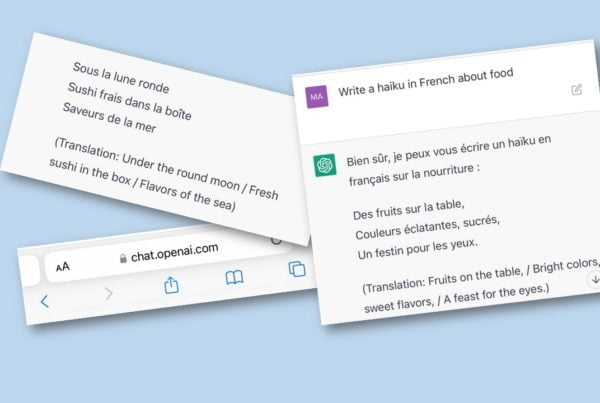Even super-cold atom pairs can hold information, it's emerged. This time, they're leading to better quantum processors.
Physicists from leading American university MIT have found that vibrating atoms make robust qubits.
As the MIT website explains:
MIT physicists have discovered a new quantum bit, or “qubit,” in the form of vibrating pairs of atoms known as fermions. They found that when pairs of fermions are chilled and trapped in an optical lattice, the particles can exist simultaneously in two states — a weird quantum phenomenon known as superposition. In this case, the atoms held a superposition of two vibrational states, in which the pair wobbled against each other while also swinging in sync, at the same time.
The team was able to maintain this state of superposition among hundreds of vibrating pairs of fermions. In so doing, they achieved a new “quantum register,” or system of qubits, that appears to be robust over relatively long periods of time. The discovery, published today in the journal Nature, demonstrates that such wobbly qubits could be a promising foundation for future quantum computers.
A qubit represents a basic unit of quantum computing. Where a classical bit in today’s computers carries out a series of logical operations starting from one of either two states, 0 or 1, a qubit can exist in a superposition of both states. While in this delicate in-between state, a qubit should be able to simultaneously communicate with many other qubits and process multiple streams of information at a time, to quickly solve problems that would take classical computers years to process.
There are many types of qubits, some of which are engineered and others that exist naturally. Most qubits are notoriously fickle, either unable to maintain their superposition or unwilling to communicate with other qubits.
By comparison, the MIT team’s new qubit appears to be extremely robust, able to maintain a superposition between two vibrational states, even in the midst of environmental noise, for up to 10 seconds. The team believes the new vibrating qubits could be made to briefly interact, and potentially carry out tens of thousands of operations in the blink of an eye.
In other words, the scientists at MIT showed that when atoms are chilled to temperatures a millionth that of interstellar space, and isolated at densities a millionth that of air, they can hold a superposition for 10 seconds. That’s a big deal! It means a processor based on this method can compete with standard silicon chips.
Quantum computing is really on the way
Every few months, a new type of quantum superposition is found. And they are all really different from each other. Some use light, some use the spins of atoms, other use the motion or atoms. So I’m starting to see an emergence of methods popping out that, at a fundamental level of subatomic structure, seems to point to matter and information being linked – like matter and energy in Einstein’s famous equation E=MC2.
This marries up with the scientist and philosopher David Deutsch in his book Fabric of Reality.… which is pretty exciting for an armature/wannabe physics nerd like me. For anyone not into that, you can at least take this to imply that quantum computing – and all the amazing applications for it that have been hyped for years – are finally on their way faster than we previously expected.






